The first Volvo FL Electric truck has landed in Australia ahead of a series of local trials by logistics company Linfox.
The twin-axle Volvo FL Electric truck is one of two all-electric heavy vehicles produced by Volvo Trucks (the other being the larger, three-axled FE Electric) and is designed to be used in suburban and inner-city areas rather than long-distance rural work.
Power comes from a single, rear-mounted 200kW/425Nm electric motor paired with a two-speed gearbox and four or six 50kWh/600V batteries. That’s either 200kWhs or 300kWhs in total, depending on the spec.
The Volvo FL Electric due for trial is specced in 200kWh guise, fitted with an 8-pallet body and tailgate lift, and is set to begin evaluations later this year in April in conjunction with BevChain.
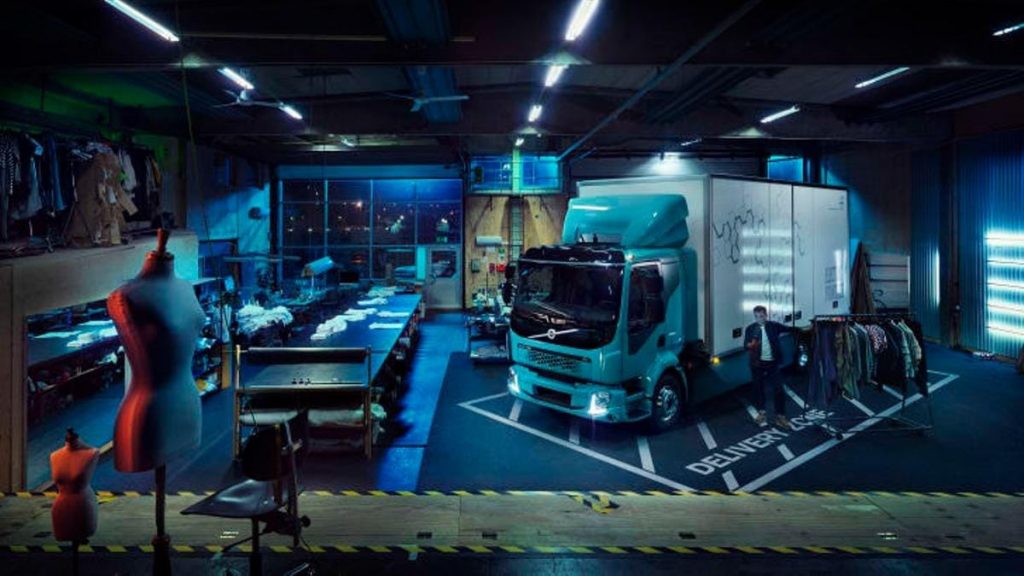
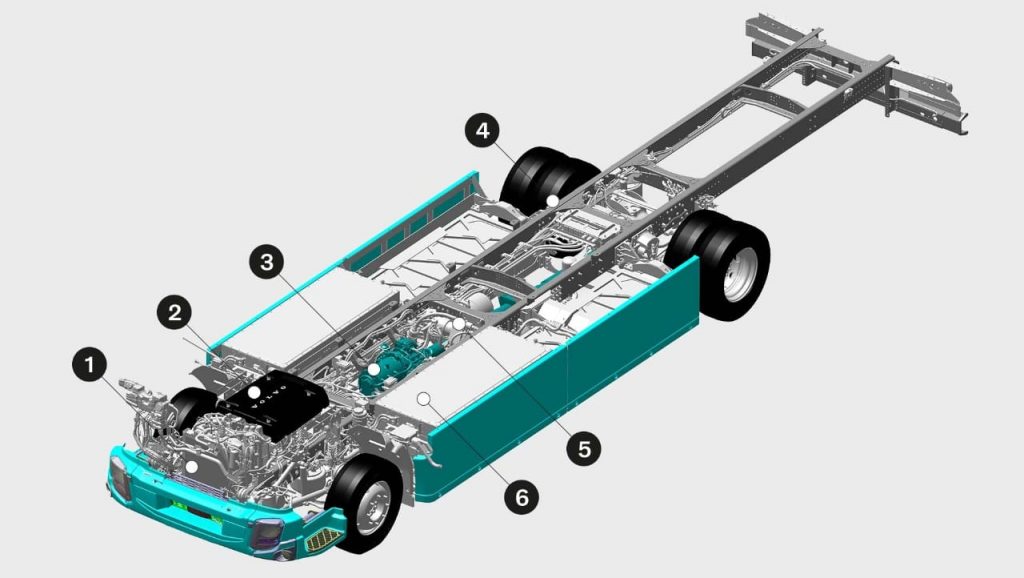
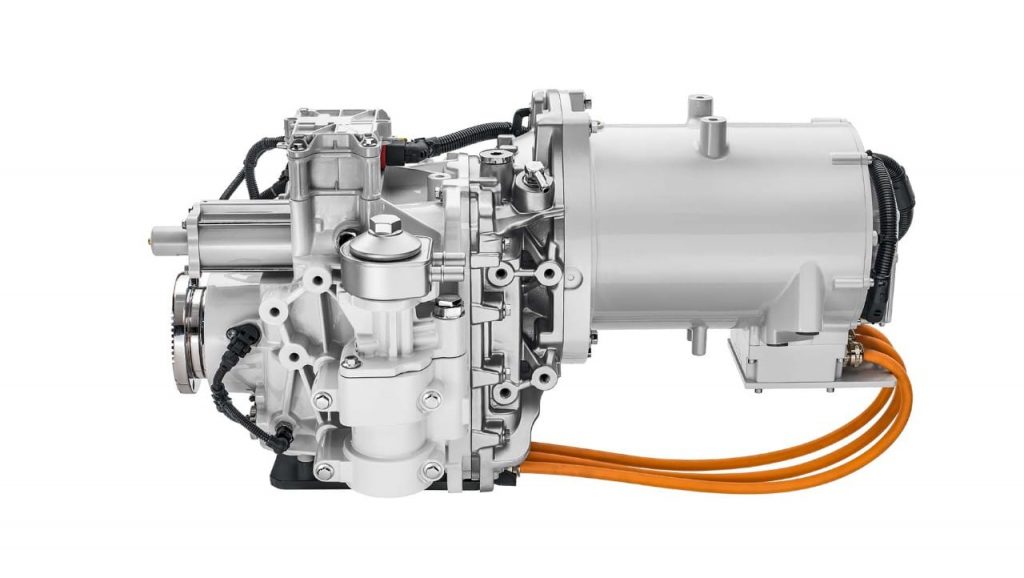
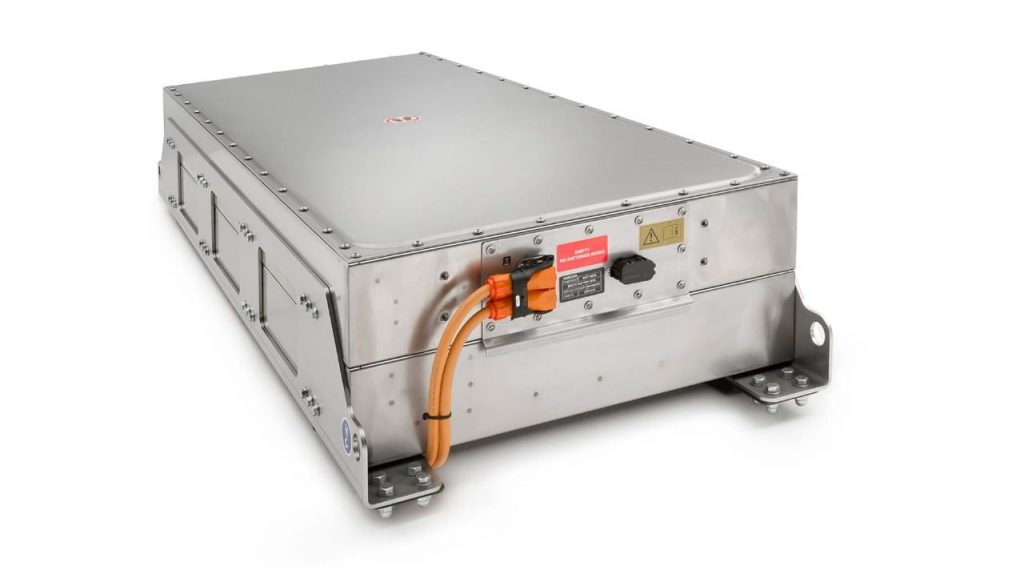
The chemical make-up of the Volvo FL Electric truck batteries – a combination of lithium manganese cobalt oxides – mirror the same compound used by most smartphones and EVs (BMW, Jaguar, Hyundai, Renault), excluding Tesla. So it’s familiar technology that should pack a decent run in terms of overall service life, which is pretty important for a truck. Regarding specifics though, Volvo reckons the batteries should last for around 8-10 years.
Charging times differ depending on the size of the battery pack, but under Direct Current (DC) charging times vary from 1.0-1.5hrs, with Alternating Current (AC) bumping those times up to 6.5-10.5hrs.
Confirming the range of the Volvo FL Electric truck is a bit of fickle subject as haulage load and mass strongly influence the end result (obviously). But in 300kWh big battery Euro-spec, the Volvo FL Electric is rated with a range of ‘up to’ 300km.
Problem is, was that 300km figure calculated under the vehicle’s minimum weight or its maximum? And considering heavy-vehicles frequently spend their time closer to their maximum weights, which is more relevant to buyers? And when comparing a heavy vehicle’s maximum range to its rivals, how would a consumer know that each test was standardised?
Speaking to Drive.com.au, an industry source said that range testing for electric heavy vehicles (eHV) is difficult as “there are a lot of variables – the payload weight constantly changes as deliveries are made, while refrigerating cold goods also depletes battery reserves.”
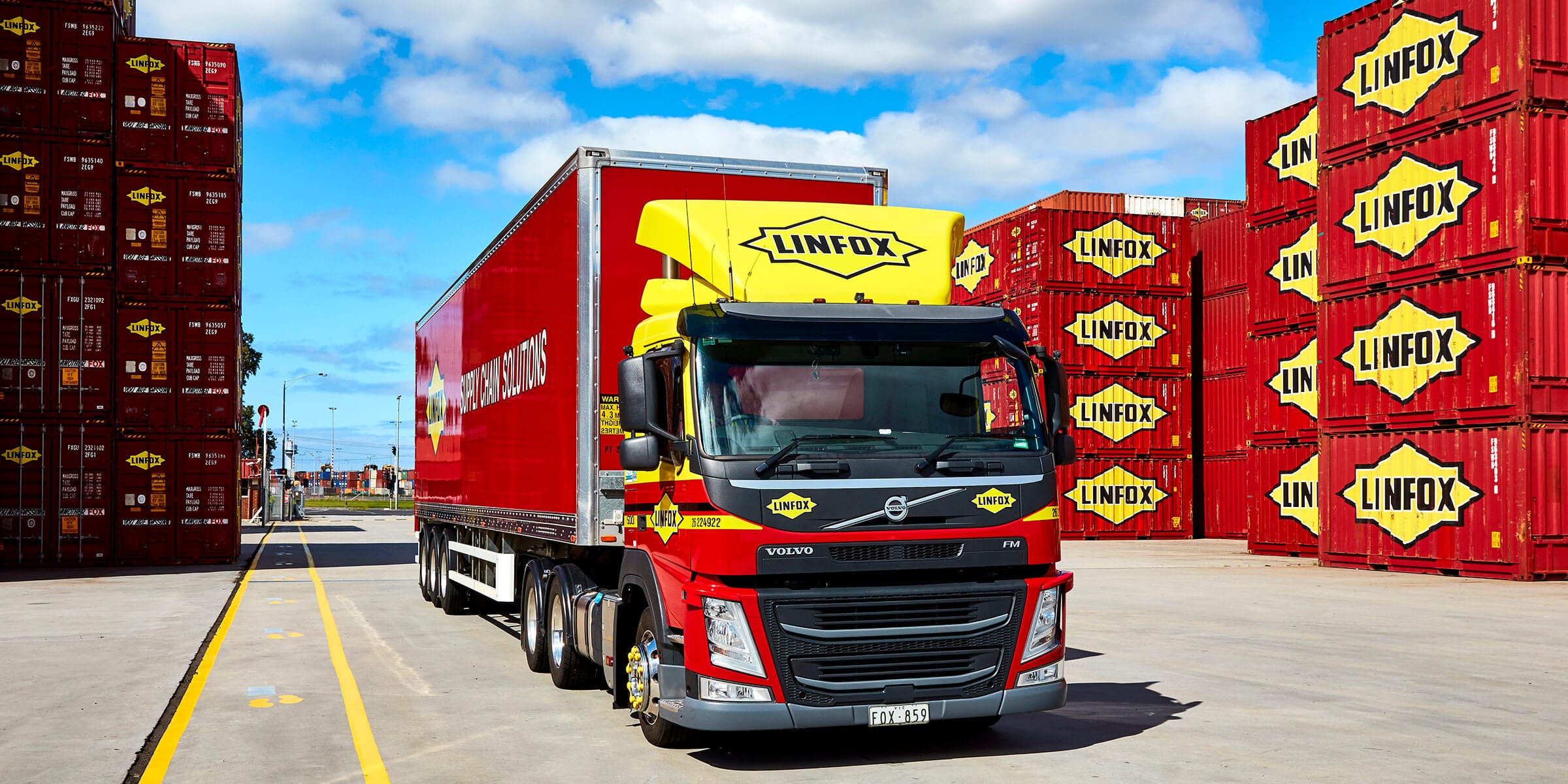
But regardless of the difficulties, Volvo Trucks, like its Volvo Cars counterpart, appears to be set on its transition to electric vehicles, announcing all trucks to be fossil fuel free by 2040.
“It is very clear that both our customers, and our customer’s customers, are demanding a cleaner and quieter urban transport environment,” says Vice President, Volvo Trucks Australia Tony O’Connell. “Momentum is building globally to create safe and clean cities and the arrival of this truck in Australia marks the first step on that journey for Volvo Trucks Australia.”
“This is a very exciting time to be a part of Volvo Trucks Australia,” says O’Connell. “The path to a cleaner, safer and ultimately more enjoyable cityscape is being paved as we speak.”
“I look forward to seeing this truck plying the streets of an Australian capital city in the very near future.”
Leave a Reply